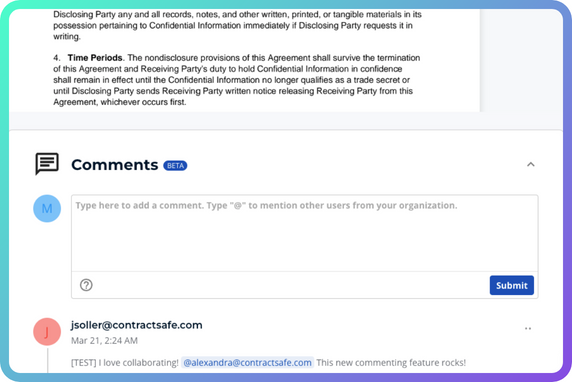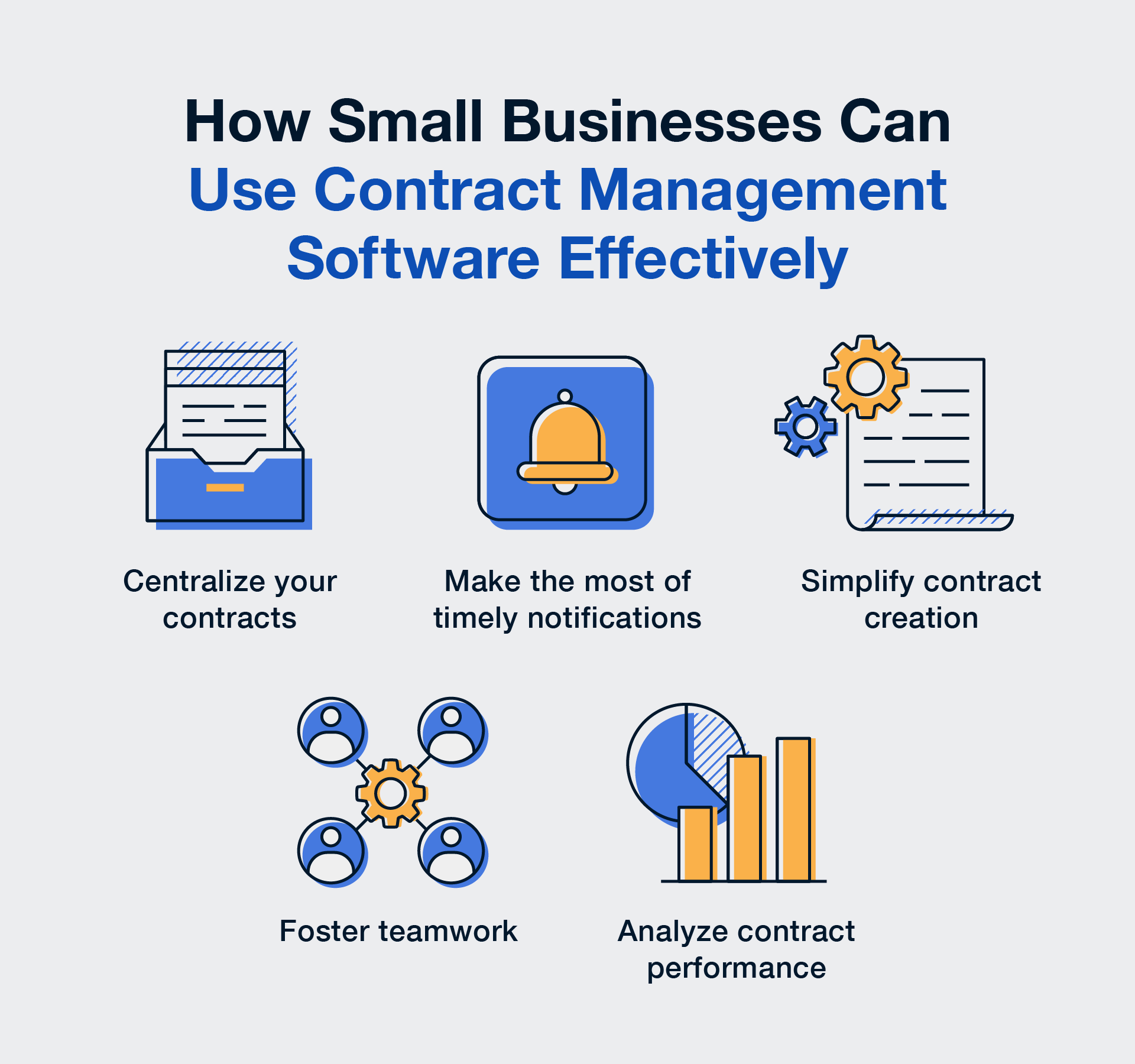Ever accidentally put salt in your coffee?
Maybe you were a little too drowsy to notice, or you were at a restaurant that got a little too creative with their salt and sugar containers.
Either way, it probably wasn’t a great way to start your day.
Contract addendums and amendments are a little like salt and sugar — they look similar, but you definitely don’t want to mix ‘em up.
In this article, we explain the key differences between addendums vs. amendments and how to manage them so that you can avoid a salty coffee moment in your contract management process.
TL;DR
- An addendum adds new terms to a contract while preserving the original terms, while a contract amendment replaces or modifies existing terms.
- Effective management of amendments and addendums is critical to ensuring clear communication between parties and avoiding disputes.
What Is a Contract Addendum?
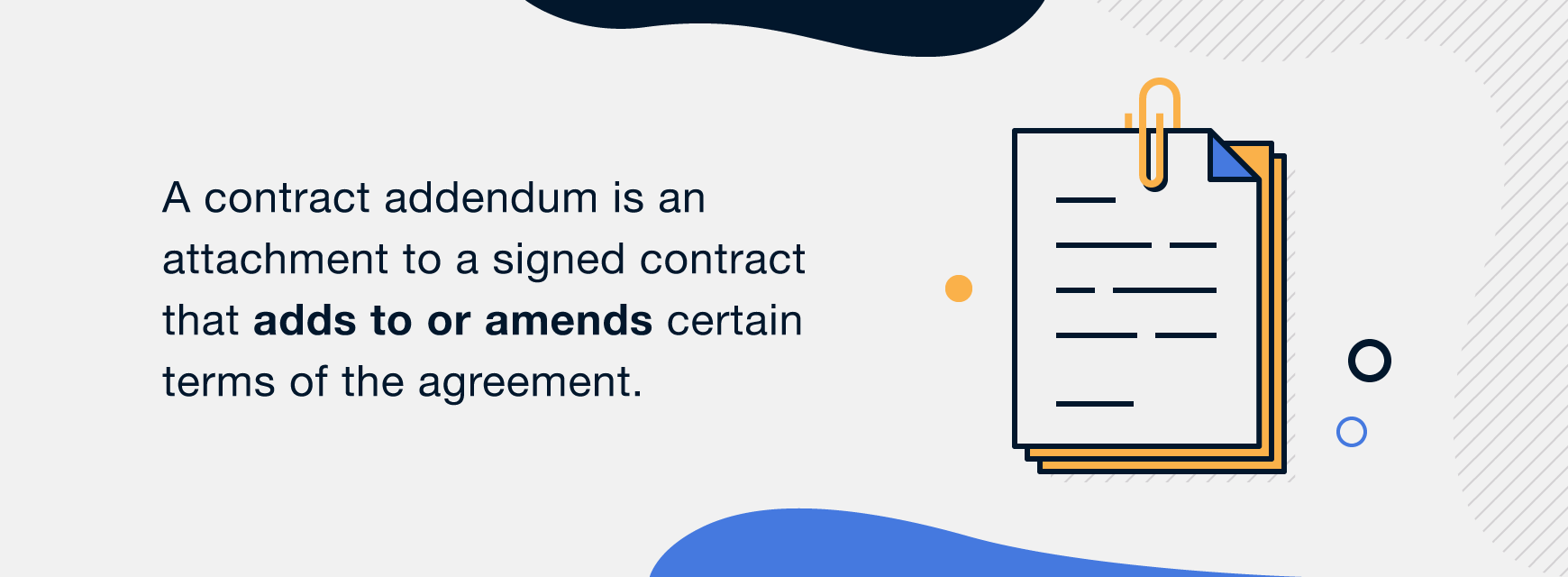
A contract addendum is an attachment to a signed contract that adds or amends certain terms of the agreement.
Addendums are used to make changes or additions to contracts without having to rewrite them entirely, and they're usually included before the contract is signed.
Both parties must sign the addendum for it to be legally binding.
What Is a Contract Amendment?
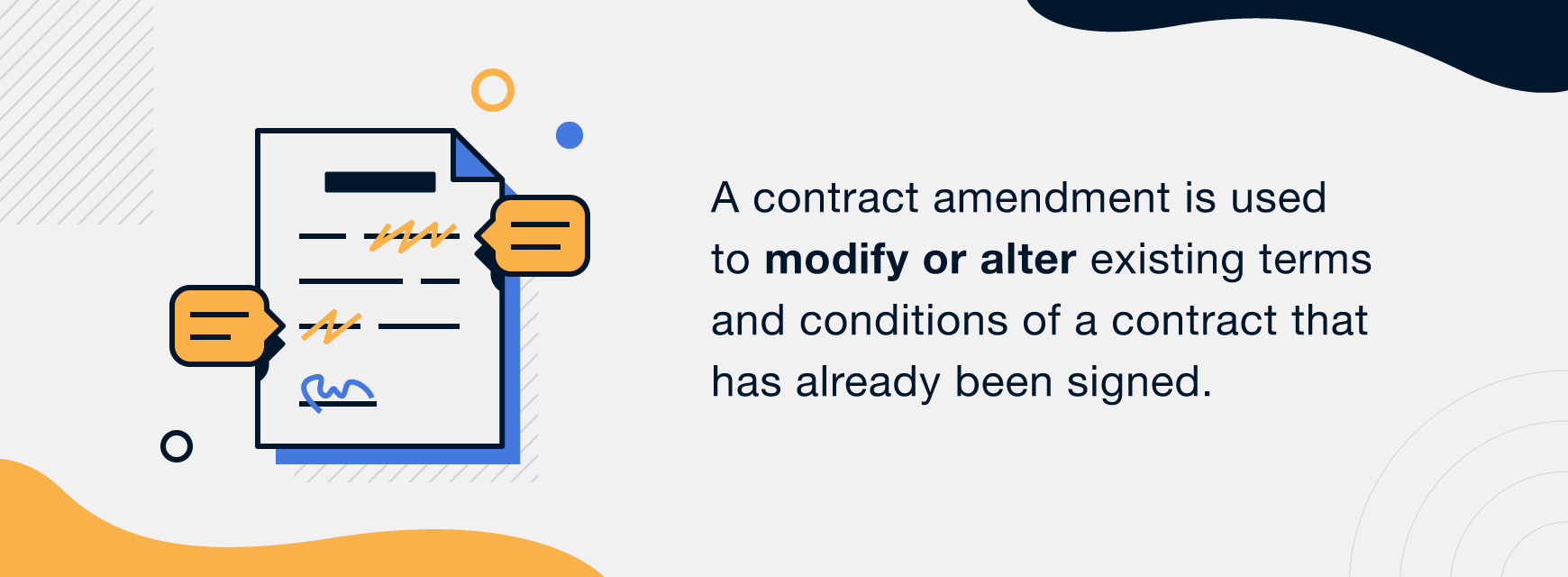
A contract amendment is a modification of an existing contract that has already been executed.
Unlike addendums, amendments are used to make significant changes in existing contracts after both parties have already signed. The procedures for executing an amendment are usually outlined in the contract’s original terms.
Like addendums, both parties must sign an amendment for it to be legally binding.
Key Differences Between Addendums and Amendments
Understanding the differences between contract addendums and amendments is key to getting your contracts right.
Here are the main ways they differ:
| Addendum | Amendment | |
| Purpose | Adds, updates or supplements a contract | Changes the original terms and conditions of a contract |
| Scope | Limited in scope and typically only addresses specific provisions of the original contract | Can be broad in scope and may affect multiple provisions of the original contract |
| Execution | Can be executed with a simple signature by both parties involved in the original contract | Execution procedures are generally outlined in the original contract |
| Document Type | Addendums are separate documents attached to the original contract | Amendments are edits or modifications to the original contract |
| Enforceability | Generally considered enforceable as long as it meets all legal requirements | May require additional legal review and approval to ensure enforceability |
| Use Cases | Used when making additions, such as adding a deadline or adding payment terms | Used when making significant changes, such as adding or removing major obligations or changing compensation structures |
Purpose
Addendums are used to make additions, while amendments are used to make modifications to a contract.
Both addendums and amendments must be mutually agreed upon, and neither will be binding unless both parties sign.
Execution Process
Addendums are typically executed separately from the original contract, and often require a separate signature page. This means parties must sign the addendum separately from the original contract, which must be attached to the original contract.
Amendments, on the other hand, are executed by modifying the original contract itself. This means parties must sign the amended contract, and the changes will be reflected within the original document.
Scope
Addendums are typically used to add or clarify specific terms and conditions within a contract. This means that the scope of an addendum is typically pretty narrow.
Amendments can be used to modify a wide range of terms and conditions within a contract. This means that amendments can be used to make significant changes to the original agreement, such as changing the price, duration, or scope of the services or goods being provided.
Timing
Addendums are typically used when parties need to add something to a contract before it has been fully executed. This means parties can use an addendum to modify the terms of the agreement before the main contract becomes legally binding.
Amendments, however, are typically used to make changes to a contract after it has been fully executed. This means parties will need to execute an amendment to modify the terms of an agreement once it has already gone into effect.
Enforceability
While both addendums and amendments can be legally binding, there are some differences in how enforceable they may be.
Generally speaking, an addendum may be more susceptible to enforceability challenges due to the fact that it is executed separately from the original contract. Amendments are typically more easily enforced since they are incorporated into the original contract, though courts may refuse to enforce an amendment if it finds that the amendment is unfair or if the amendment procedures outlined in the original contract were not followed.
Use Cases
There are a variety of different use cases where either an addendum or an amendment may be appropriate.
Contract addendums are often used when:
- Specific terms need to be added
- The scope of services need to be changed
- Timelines need to be adjusted
- Additional information or instructions are needed
Contract amendments are used when:
- Major changes to an agreement need to be made
- Terms and conditions need to be modified
- Mistakes or errors need to be corrected
- Changes in circumstances require the contract to be updated
In general, addendums tend to be more common as they are suitable for smaller additions to a contract, while amendments make alterations to the existing contract and can affect a larger portion of the agreement.
How To Manage Amendments and Addendums
Contract management is complicated. Juggling addendums and amendments makes it even harder—no matter what type of contract you’re managing. Addendums and amendments often get added in the middle of the management process. If they don’t get filed or attached correctly, it can lead to big problems.
Fortunately, there are a few simple steps you can take to ensure that your contracts remain accurate and up to date:
- Create a centralized repository: Establishing a centralized repository for all your contracts, amendments, and attachments is key to staying organized and ensuring they are easily accessible.
- Establish version control: Make sure each version of a contract is labeled and dated so that everyone involved in the agreement knows exactly which version they are referencing when any changes or additions need to be made.
- Set up notifications: Schedule or automate notifications so that all parties involved in the contract know when a change has been or needs to be made.
- Streamline approval workflow: Setting up an automated workflow for approving addendums and amendments can help ensure all changes are properly reviewed before being put into action.
- Promote collaboration: Redlining and annotations allow users to see differences between contracts, review comments, and fast-track edits.
- Monitor performance metrics: Keep an eye on performance metrics related to your contracts so you can quickly identify any areas where changes or additions might be needed.
- Use e-signatures: Embrace electronic signatures to make signing addendums and amendments a breeze.
With these tips, you can keep your contracts up to date without any hassle!
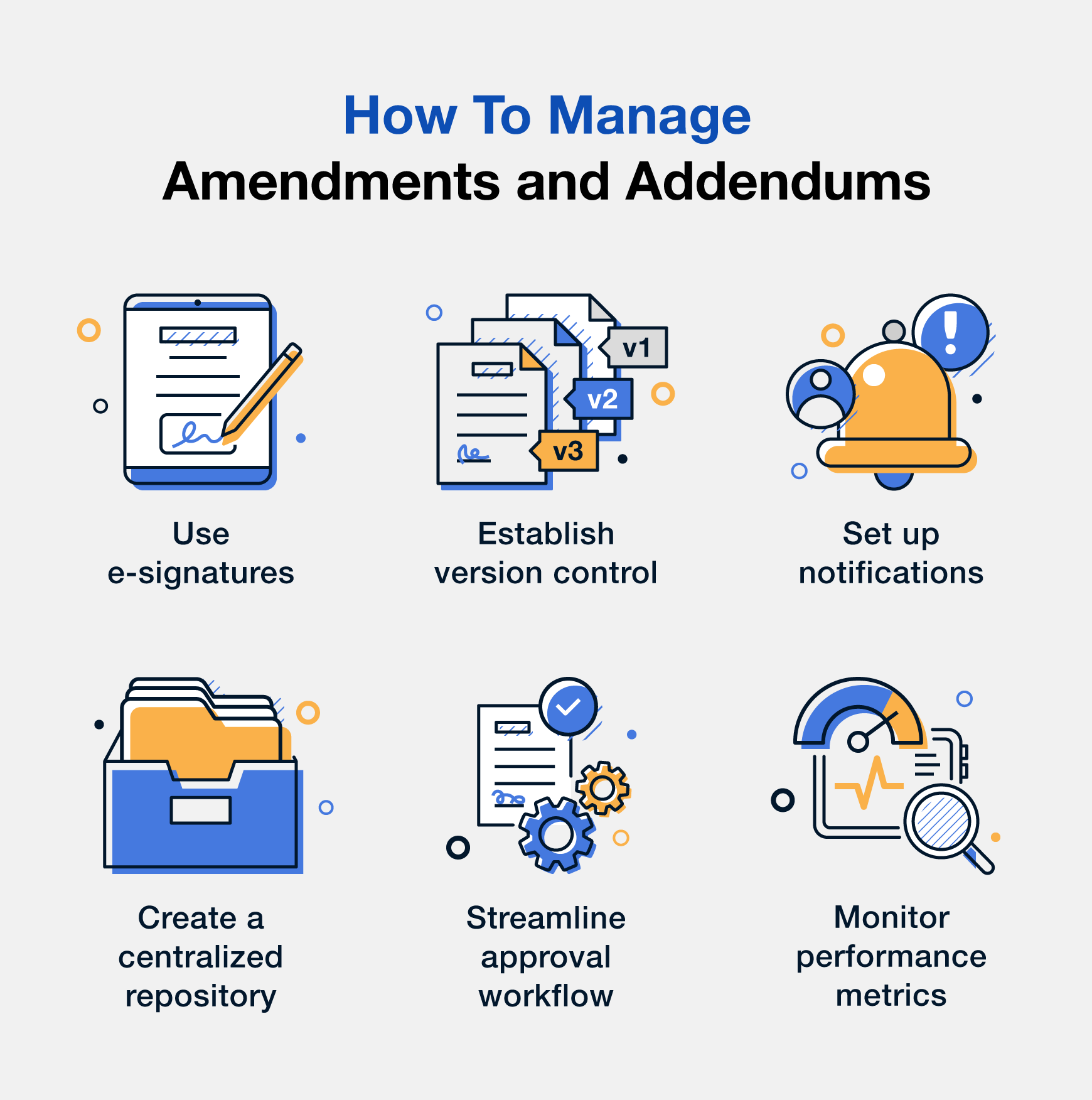
ContractSafe Can Help You Manage All Your Contracts
ContractSafe is a cloud-based contract management solution that helps you effortlessly manage all your contracts in one centralized location.
With ContractSafe, you can quickly and easily find any contract, track key information, and stay on top of important deadlines — all in one place!
Let ContractSafe help you tackle your contract management challenges so you can spend more time focusing on what really matters: growing your business.
Schedule a demo to try ContractSafe today and see how it can help you simplify your life and streamline your contract management process!
